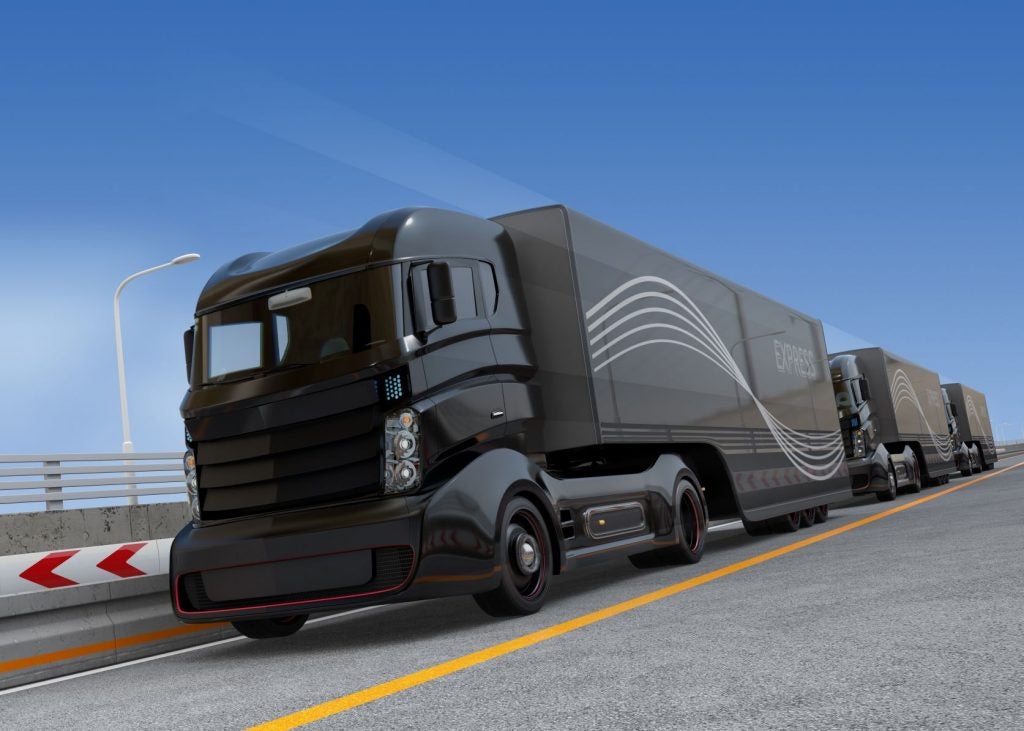 Cleaning up pollution from the U.S. trucking industry is an urgent need for the U.S. For the past decade, the U.S. Department of Energy’s (DOE) SuperTruck Program has helped showcase solutions for a cleaner future. Now Energy Secretary Jennifer Granholm has announced a new generation of the DOE SuperTruck program – SuperTruck 3 – that will focus on higher efficiency and zero-emission solutions.
Cleaning up pollution from the U.S. trucking industry is an urgent need for the U.S. For the past decade, the U.S. Department of Energy’s (DOE) SuperTruck Program has helped showcase solutions for a cleaner future. Now Energy Secretary Jennifer Granholm has announced a new generation of the DOE SuperTruck program – SuperTruck 3 – that will focus on higher efficiency and zero-emission solutions.
Through the SuperTruck 3 program, DOE will provide $162 million in funding to “pioneer electrified medium- and heavy-duty trucks and freight system concepts that achieve even higher efficiency and lower emissions.” The funding focuses on a range of approaches, including all-electric systems, plug-in hybrid systems using renewable biofuels, and hydrogen and fuel cell technologies.
Previous generations of the SuperTruck have delivered much needed advancements. For example, major manufacturers including Navistar, Freightliner, Peterbilt and Cummins developed trucks that achieved between 10.7 and 13 miles per gallon – significantly better than the previous average of about five miles per gallon. These trucks were critical to developing and demonstrating technical solutions that fleets across the country are using in new trucks today to burn less fuel. SuperTruck 3 could have a major impact on the market too – if it is paired with a new round of Clean Truck multipollutant standards that further drive us to the zero-emission future that is both possible and desperately needed.
There is a lot of work between a successful demonstration project and truck fleets saving billions of dollars annually from fuel-saving technologies. Well-designed federal Clean Truck standards are a key element to making this leap. The required improvement and market certainty that these standards provide fosters the innovation necessary to bring more efficient and lower emitting trucks to market.
The results of the first generation of the DOE SuperTruck program came out between 2014 and 2016, while the Obama administration was considering a second round of emission standards for heavy-duty trucks. Those standards have pushed manufacturers to bring more efficient trucks to market. For example, the International LT Series improved efficiency by over 8% between 2020 and 2021.
Zero-emission truck technology has also made enormous strides since 2016, when that last generation of the EPA’s heavy-duty emission standards were finalized. Back then, there were a total of seven zero-emission truck models that were either commercially available or in advanced demonstration, and most of the available models were post-production retrofits. Today there are over 125 models that are either available, in production or at an advanced stage of demonstration, most with established manufacturers. We are also seeing very large fleet deployments and major fleets, such as FedEx, stepping forward with clear timeframes for transitioning to 100% zero-emission fleets.
It is time to embrace this rush of innovation and further accelerate it through more protective standards – 100% zero pollution new trucks and buses by 2040, with key vehicle segments moving even faster. With the current generation of zero-emission technology, we can achieve wide spread electrification for most heavy-duty vehicles, including school buses, package delivery trucks, garbage trucks, and regional haul trucks. These vehicles typically travel 200 miles or less each day and return to a centralized depot where they can be recharged. New research investments in areas like more rapid charging can further enhance the case for electrification of these vehicles. These investments can also expand zero-emission solutions into more challenging uses, such as long-haul trucking. These advancements can support the ability of manufacturers to accelerate fleet-wide deployment even sooner than 2040.
Clean Truck standards should be paired with ambitious societal investments that ensure zero-emission vehicles are deployed first and foremost to reduce pollution in communities that have long borne the brunt of vehicle pollution. President Biden’s infrastructure package is a good first step in this direction. Congress needs to move forward to enact this plan.
States also have a critical role to play in this transition. They need to develop the charging infrastructure for electric trucks while leveraging lowest-cost solutions, such as managed charging and battery storage,and adopting the Advanced Clean Truck Rule and Heavy-Duty Omnibus Regulation.
If we pair together these critical steps – technology development, federal emission standards, state-leadership, and societal investments – the impact would be massive. Moving to 100% zero pollution new trucks and buses by 2040 would:
- Prevent as many as 57,000 premature deaths in total through 2050
- Eliminate more than 4.7 billion tons of climate pollution cumulatively by 2050
- Provide America with up to $485 billion in health and environmental benefits alone as a result of pollution reductions
As the new SuperTruck 3 program makes clear, there are a lot of gains we can still make in cleaning up trucking. Now is the time for a bold, achievable vision of a zero-emission future for our truck and bus fleet.
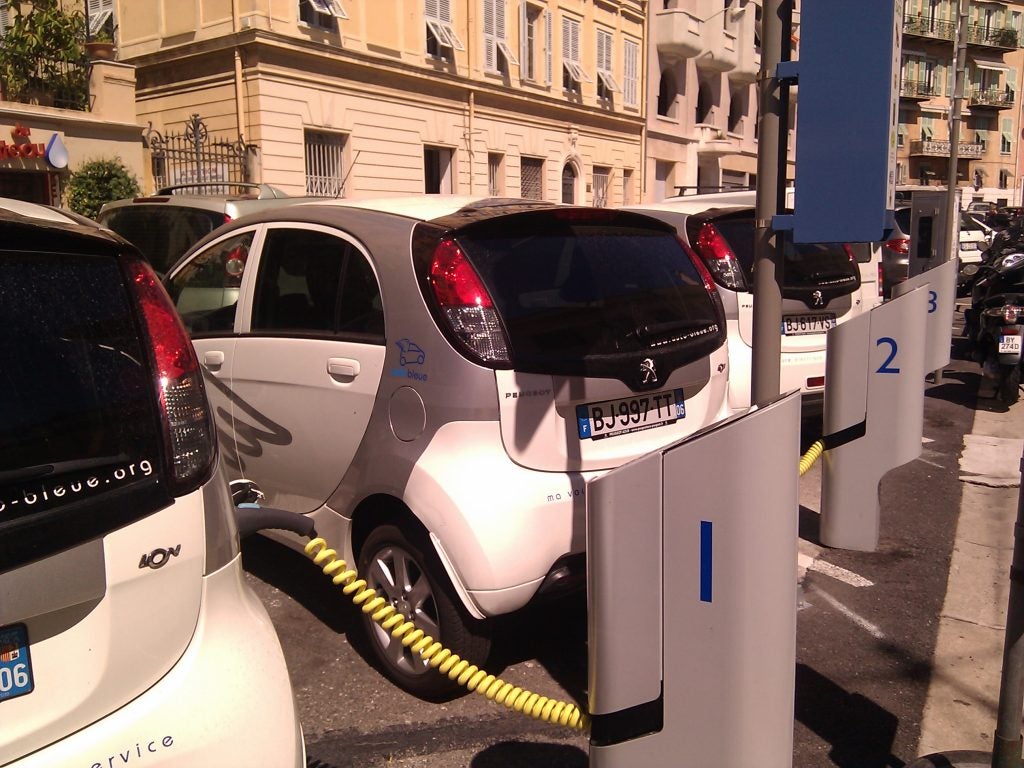
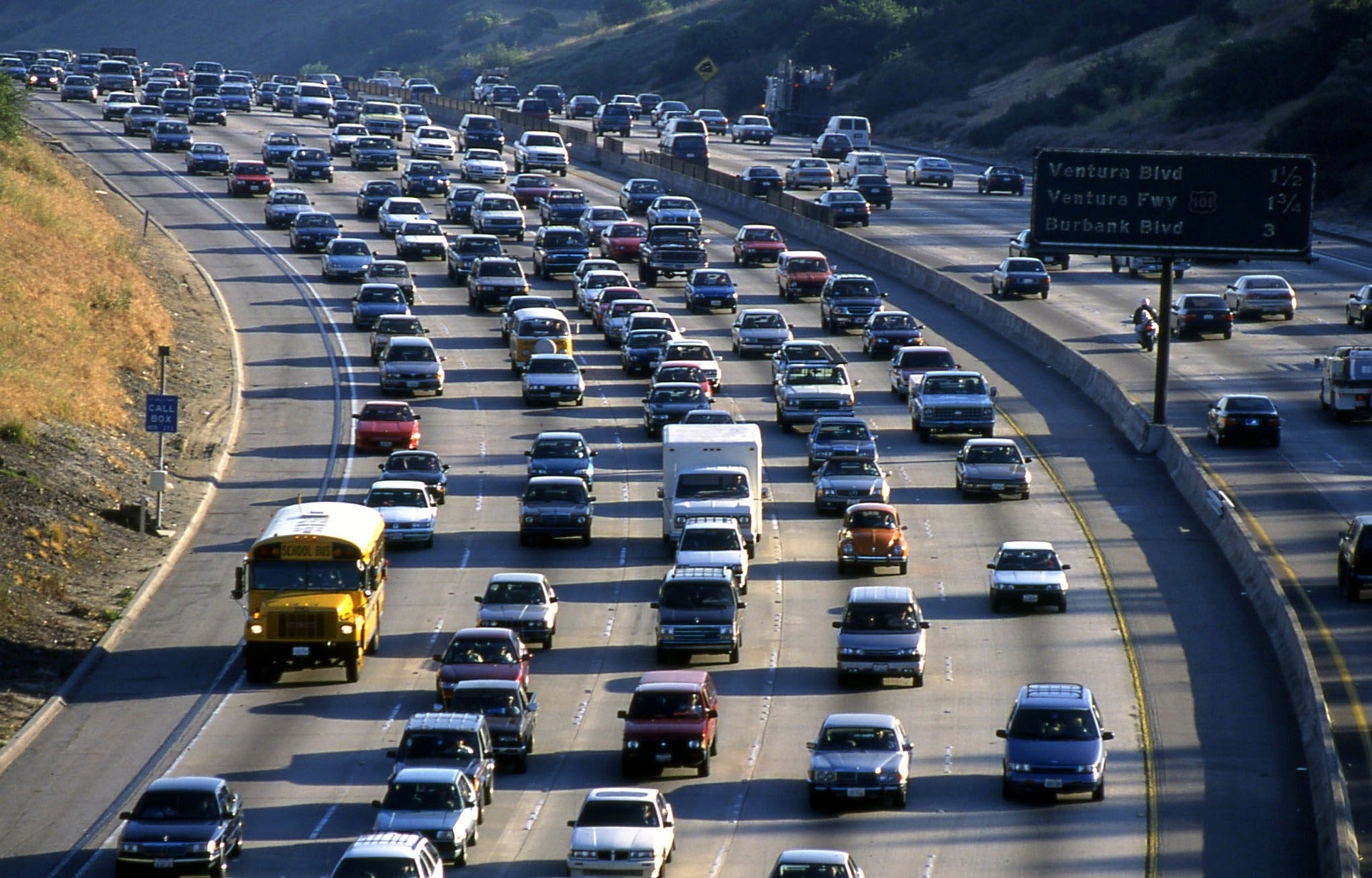
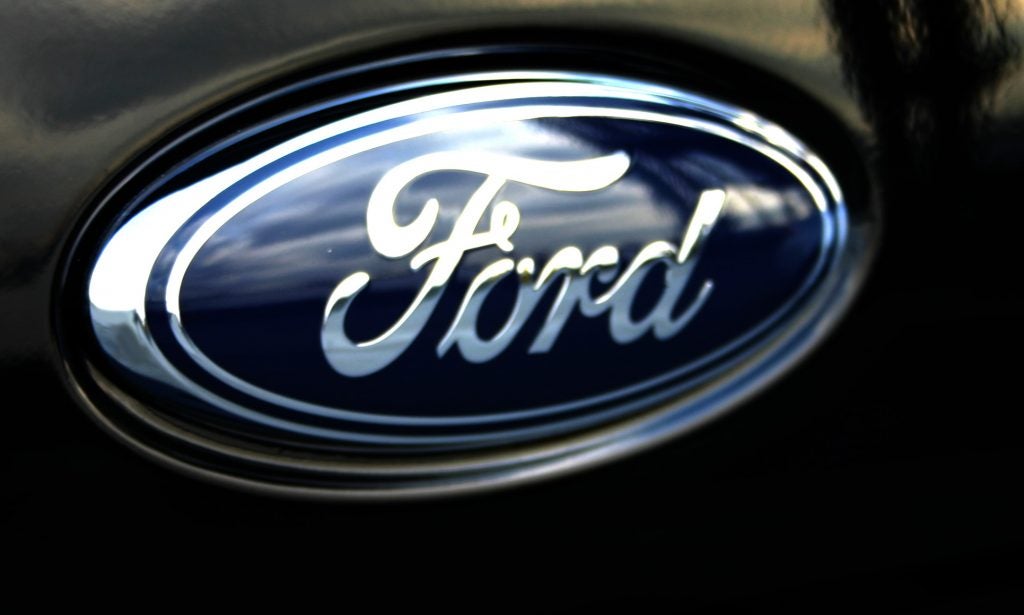
 California just moved further down the road toward cleaner cars and vital air pollution reductions.
California just moved further down the road toward cleaner cars and vital air pollution reductions.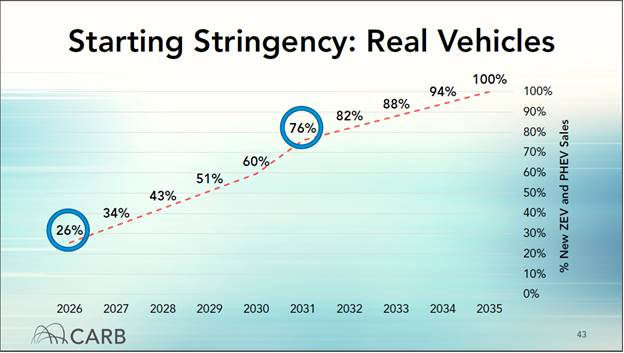
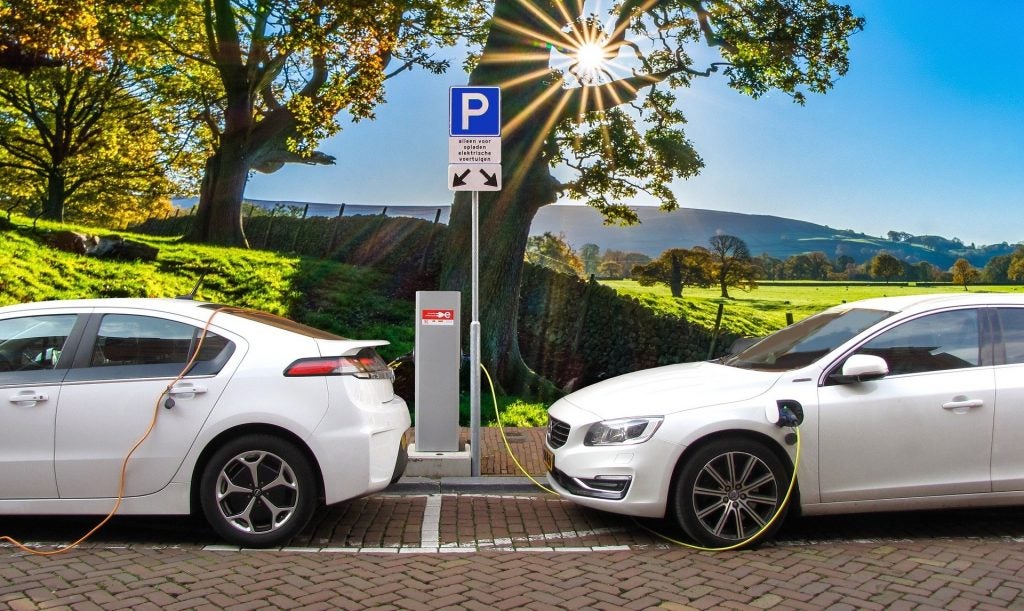 If you watched any major televised sporting events this year, from the NCAA Final Four to the Super Bowl, you saw
If you watched any major televised sporting events this year, from the NCAA Final Four to the Super Bowl, you saw  Cleaning up pollution from the U.S. trucking industry is an urgent need for the U.S. For the past decade, the U.S. Department of Energy’s (DOE) SuperTruck Program has helped showcase solutions for a cleaner future. Now Energy Secretary Jennifer Granholm has
Cleaning up pollution from the U.S. trucking industry is an urgent need for the U.S. For the past decade, the U.S. Department of Energy’s (DOE) SuperTruck Program has helped showcase solutions for a cleaner future. Now Energy Secretary Jennifer Granholm has